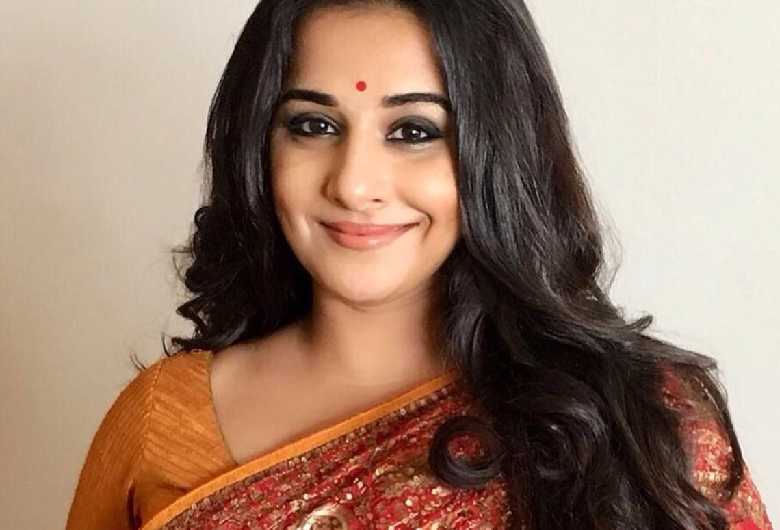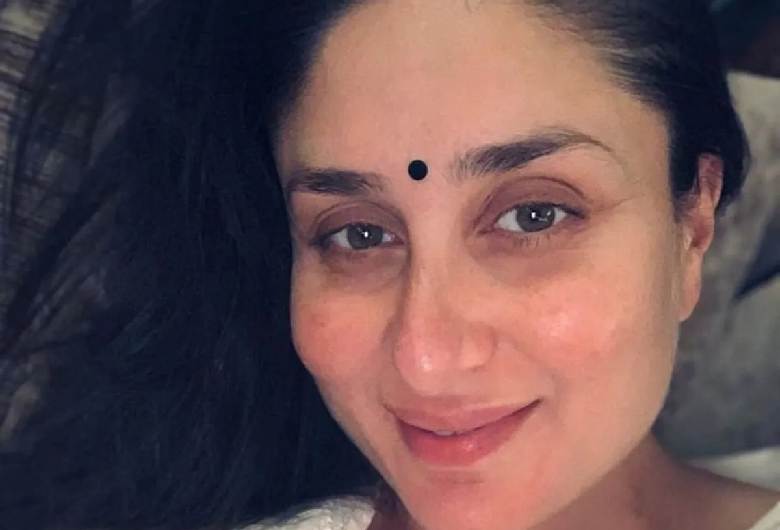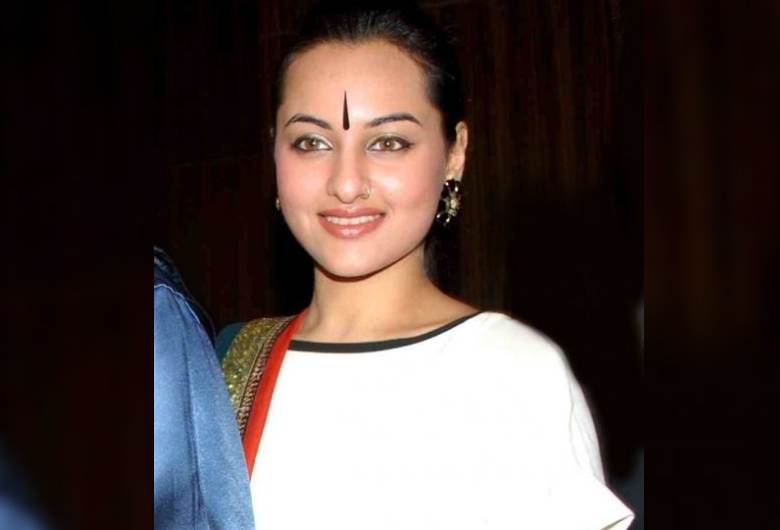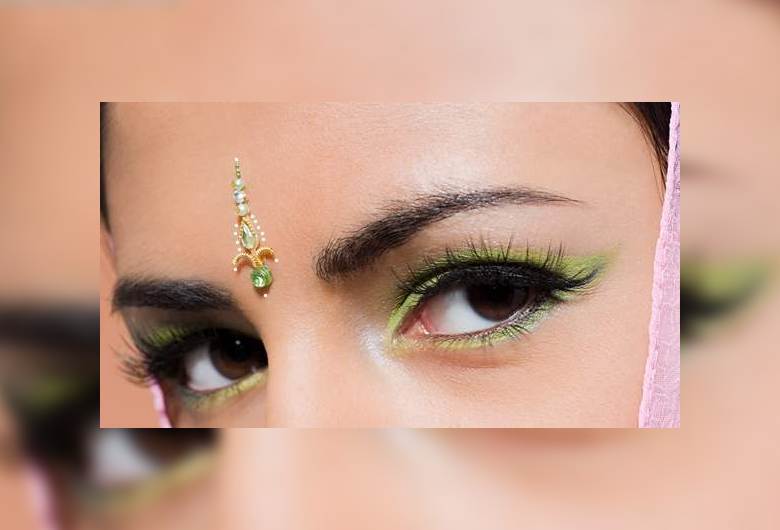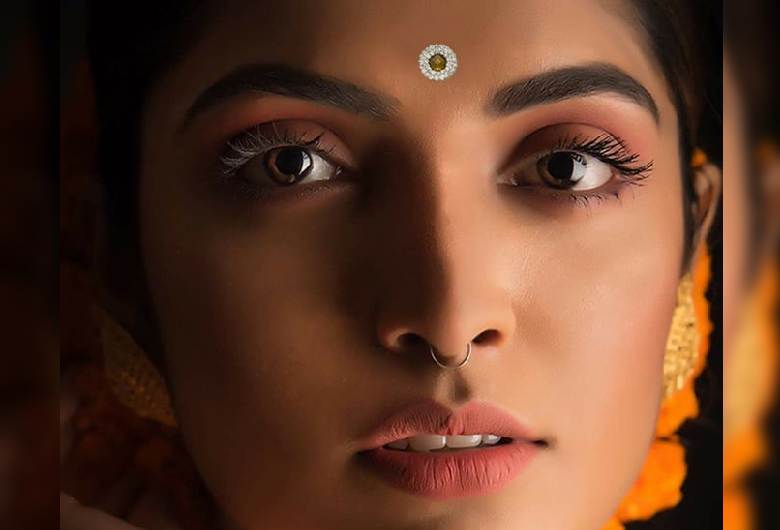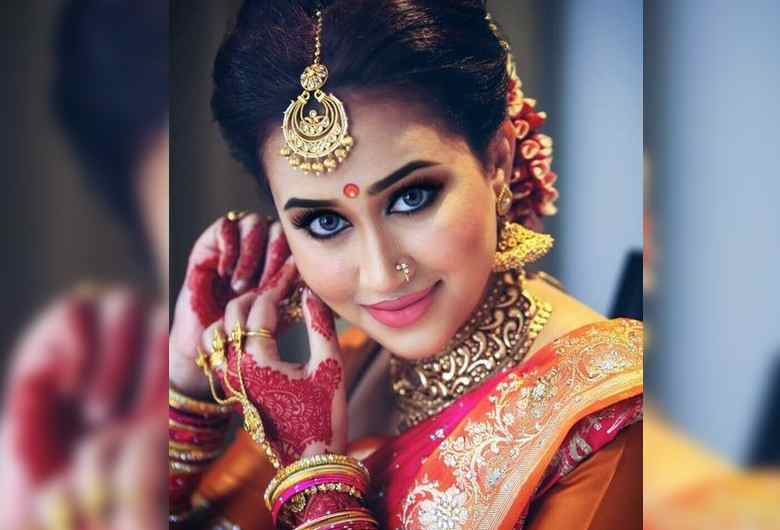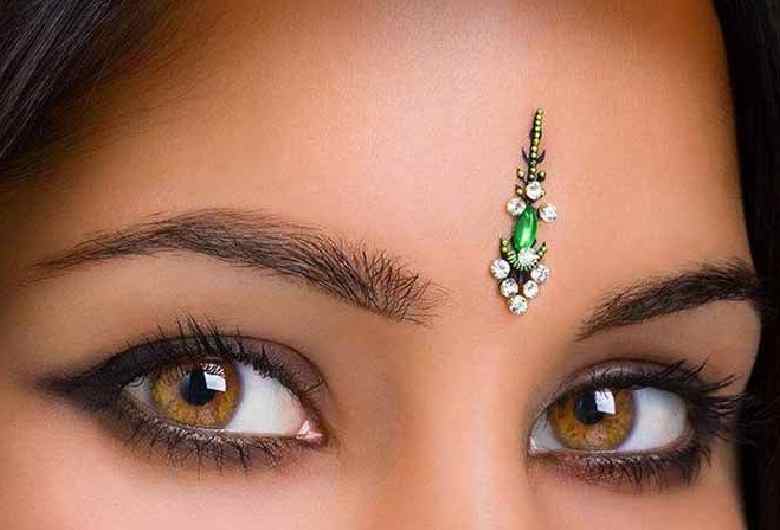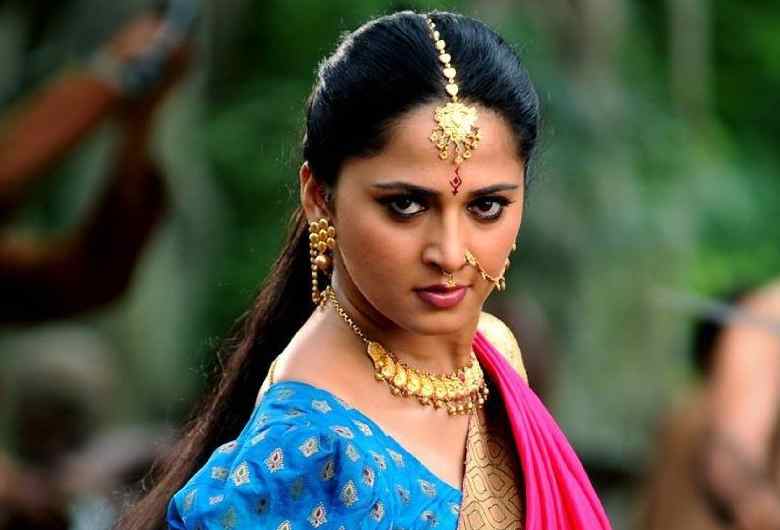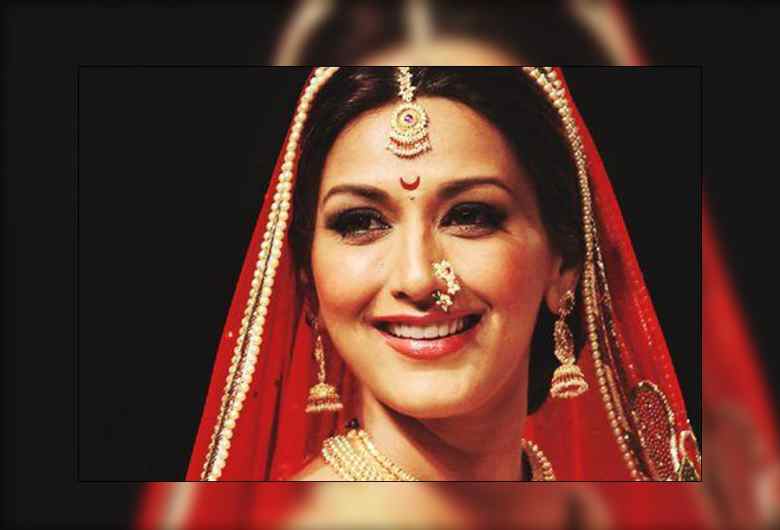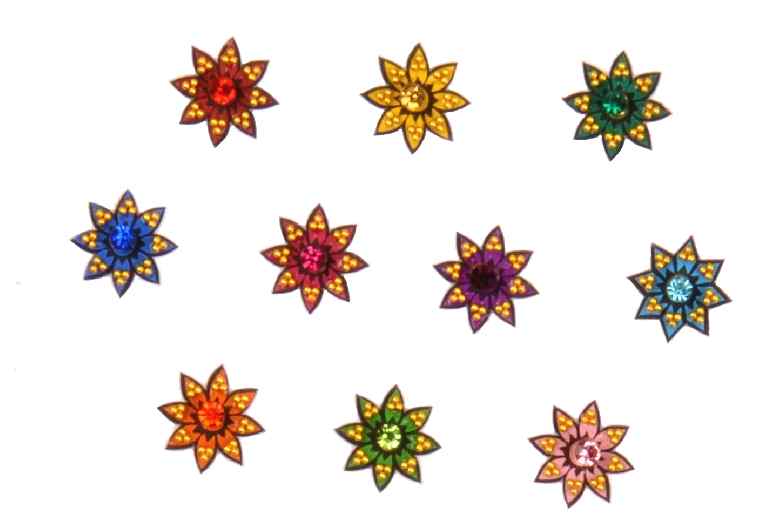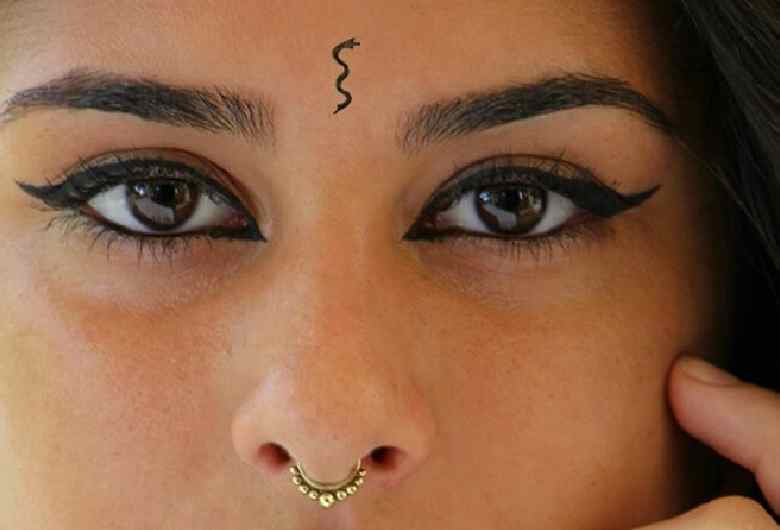In India, beauty is intricately linked to the presence of a bindi on the forehead. This decorative accessory carries profound cultural importance and significantly elevates the overall aesthetic. The bindi seamlessly complements traditional Indian attires such as sarees, lehengas, and salwar kameez. This post delves into the bindi’s history, cultural significance, and evolving trends, presenting a collection of the most stylish and trendy bindi designs to explore.
Background of Bindi
‘Bindi’ is derived from the Sanskrit word ‘Bindu,’ a dot or a drop. In ancient days, wearing a bindi was known as ‘Visesakachhedya,’ Patrachhedya,’ ‘Pattrabhanga,’ ‘Patralekha,’ and so on. Both men and women used to paint their foreheads with leaves of different shapes to worship intellect. Besides, it was a significant part of marriage in medieval times as the groom used to apply a tiny drop of blood between the bride’s eyes. (1)
Bindi got different names in different regions of India. Some most common names of the decorative facial accessory are tika, tilak, tip, kunkoo, kunkuma, phot, pottu, bottu, chandlo, tilo, etc.
Significance of Bindi
Positioned at the center of the forehead, right between the eyebrows, the bindi holds significance beyond adornment. This location is associated not only with concealed wisdom but also with the concept of the third eye. The red bindi, in particular, is believed to symbolize a woman’s inner strength, energy, and power. Additionally, it signifies love and harmony within a family. Serving as a symbol of marital status, the red bindi is thought to offer protection to both the woman and her husband. (2)
Trend of Bindi
The bindi has come a long way from being an essential ethnic accessory to becoming a worldwide fashion statement. It has been embraced by people around the globe irrespective of age, gender, marital status, and gender. Depending on regions globally, women are experimenting with the shapes, sizes, colors, materials, and styles of bindis. Designers are also developing lovely bindi designs that can be flaunted in several ways. Bindis are now worn on various body parts, too, as tattoos. All these prove that the trend of the bindi is never going to fade away.
The use of bindi is no longer limited to the forehead. It can now be worn in different ways in different body parts. It can also be worn as a Tattoo.
In India, bindi is not restricted to women. The tilak or tika bindi has become an unconventional and extraordinary style statement for men. Sometimes, these bindis even come patterned with stones. It symbolizes good luck while giving a clean and attractive look.
17 Stylish Bindi Designs That are in Fashion Now
Now, check out some of the most popular bindi designs and styles to find out your following fashion statement easily:
1. Red Dot Bindi
The traditional way of wearing a bindi is a red dot right at the center of the forehead (precisely between the eyebrows). Used mainly by married women throughout India, this bindi can be small to giant. However, the bigger the dot, the bolder it is.
This bindi is also adorned by Kerala brides for their weddings in which they put one white or gold stone under the red dot for a simple yet mesmerizing appearance. For more contemporary versions, micro-rhinestones are also chosen over the regular red bindi.
2. Black Dot Bindi
Young girls in South India love flaunting a small black bindi with traditional dresses. This quick and easy style gives the whole appearance a cute and innocent touch. Moreover, it can be created only with regular black eyeliner.
3. Vertical Line Bindi
This long bindi in a line is perfect for everything, from complementing an oval face to covering a broad forehead. Use a black or colored kohl pencil or liquid eyeliner to draw the precise vertical line at the center of your forehead. You can also decorate it with glitter for a striking party look.
In Andhra Pradesh, bridal bindi comprises a vertical line with a zigzag baseline. Famously known as ‘Pavithra Devi Tilak’, this auspicious design is considered as a symbol of love, joy, and prosperity.
4. Paisley Bindi
Here is another excellent bindi design that never goes out of fashion. The paisley style emerged in Persia, and the bindi looks precisely like a droplet. It can be simple in solid colors or decorated with stones.
5. Layered Bindi
Layering is a simple yet elegant way of wearing a bindi. All you need to do is place two or three bindis over one another in such a way that it forms a beautiful layer. To make it even more stylish, choose bindis of different colors.
6. Embellished Bindi
No other bindi can complement your bridal trousseau like this one. A regular round bindi embellished with golden stones can make you the perfect bride with a difference in minutes. But make sure you do not go overboard with the size of the bindi, as it may shadow the rest of the look.
A combination of layered and embellished bindi designs have been made fashionable by today’s entertainment industry. The layered bindis used in this style are usually longer in shape.
7. Floral Bindi
Are you in love with floral designs? Then, wear it on your forehead, too. Bindi designs created in exclusive floral patterns will be just perfect for this purpose. Choose from various styles that innovatively represent delicate flowers and leaves.
8. Arrow Bindi
Draw a downward-pointing arrow between your eyebrows using your black kajal or eyeliner, and you are all set to stand out from the crowd. Then, turn the arrow into a beautiful anchor for a more detailed look and add some glitz.
9. Crescent Moon Bindi
This bindi resembles the moon’s crescent shape (semi-curved like a sickle), which can be worn upside down or sideways at the center of the forehead. Originating in Maharashtra, it is trendy among the Marathi ladies and is often called ‘Chandra (moon) Kor bindi design’ or ‘Maharashtrian bindi design.’
Marathi brides love to sport different-sized crescent moon bindis in solid red color along with traditional Nauvari sarees and Peshwai naths.
10. Star Bindi
Not only the moon but also stars can brighten up your forehead. A simple stick-on star-shaped bindi matches well with almost all types of attire. However, you can jazz it up with some stones or glitters while dressing up gorgeously.
11. Snake Bindi
Earlier, female snake charmers in India used to wear bindis that looked like snakes. This gradually became a unique trend as other women started following them. A bindi on the forehead in the form of a curve or wave can go very well with a casual saree.
12. Maang Tikka Bindi
Add glamour to your wedding ceremony look by pairing this elegant ornamental bindi with unconventional makeup. It covers the upper part of the forehead, just like a maang tikka. Whether simple or jeweled, it will surely make you the crescendo of all eyes.
13. Rhinestone Bindi
This stick-on bindi is mostly patterned with colored rhinestones, which spice up the look in a glamorous yet classy manner. Women widely use it with embroidered dresses for parties and events. Stone bindis are available in various styles and designs, while its most expensive variant uses Swarovski.
14. Mirror Bindi
Choose small mirror bindis with your casual outfits. To design these bindis, real mirrors are cut into various attractive shapes. They may also come decorated with colorful stones or tiny beads.
15. Designer Bindi
When looking for something elite to accessorize your designer dresses, these expensive designer bindis can come to your resort. They are usually adorned with many stones, glitters, beads, pearls, and even diamonds. Available in various shapes, sizes, and colors, these bindis can also be customized to suit your needs and desires.
16. Vermillion Bindi
While stick-on bindis are well-liked by married women in India, they are a commercial version of vermillion bindis. Red vermillion applied to the forehead in the form of the bindi is believed to bring luck, fortune, and success. Furthermore, this bindi is cheap, easy to apply, and elegant.
17. Chandan Bindi
If you want inspiration for bridal bindi designs, follow the elaborated chandan bindi style sported by a Bengali bride. The magnificent design consists of a red dot made of kumkuma at the center of the forehead and intricate spiral patterns all over the forehead created with sandalwood paste. It signifies love and peace while taking the bridal look to a new level.
Sandalwood paste is also used in Manipuri bridal bindi called ‘Chandon Siri Chingba’. But this traditional bindi design looks very much different than others as it includes two lines extending from the top of the forehead to the tip of the nose.
Choosing the Right Bindi for Your Face Shape
Though there are no rules for selecting the color of the bindi, it is always good to choose the size and design of the accessory according to the shape and structure of your face. So let us share the tricks to find out the best bindi designs that would grace your facial symmetries and make you look radiant:
Round Face: Long, vertical bindis will flatter your face most elegantly. They will balance out your features by creating an illusion of angles and making your face look longer. Stay away from circular bindis and the extensive ones that will enhance the rounded shape of your face.
Square Face: Round bindis of any size will help soften your sharp and strong facial edges like cheekbones, jawline, etc. You can also try crescent moon or prominent statement pieces. But avoid bindis in geometrical shapes under all circumstances.
Oval Shape: Experiment with your bindis’ shape and size as you are blessed with the universally ideal face shape. Almost all bindi designs, except for too-elongated bindis, will make you look beautiful.
Heart-Shaped Face: Any small and straightforward round bindi will create symmetry in your face by drawing attention away from your broad forehead. On the other hand, big bindis will accentuate it and, hence, should be strictly avoided.
Diamond-Shaped Face: You are lucky enough to try all sorts of bindi designs because of your naturally proportional facial features. Whether you choose a circular bindi or a long one, stick to simple shapes only.
Summary:
The name ‘bindi’ came from the Sanskrit word ‘bindu’ that means a tiny dot or drop. According to Hindu tradition, bindi is worn at the centre of the forehead right between the eyebrows as a decorative accessory. It is a symbol of marital status for women and goes really well with Indian ethnicwear. The trend of bindi is here to stay with new varieties of sizes, shapes, colors, and designs coming up frequently. While choosing the best bindi designs for a stylish look, it is important to consider the shape and structure of the face.
Frequently Asked Questions (FAQs):
Where Should We Keep Bindi?
Bindis are generally worn at the center of the forehead, strictly between two eyebrows. However, you can also place them a bit higher on the forehead.
Is It OK to Wear Black Bindi?
In Southern India, young girls and widows commonly wear black bindis. For widows, it represents their loss and is considered OK.
Can We Wear Bindi on Jeans?
Not all kinds of bindi go well with Western outfits like jeans, tops, etc. While wearing such attire, it would be best to steer clear of circular bindis, especially the big, full, red ones.
Are Bindis Tattooed on?
In certain parts of rural India, bindis are tattooed on the forehead of women.
References:
- “Bindi (Decoration)“, Wikipedia.org
- “The Purpose of the Bindi,” HinduAmerican.org

